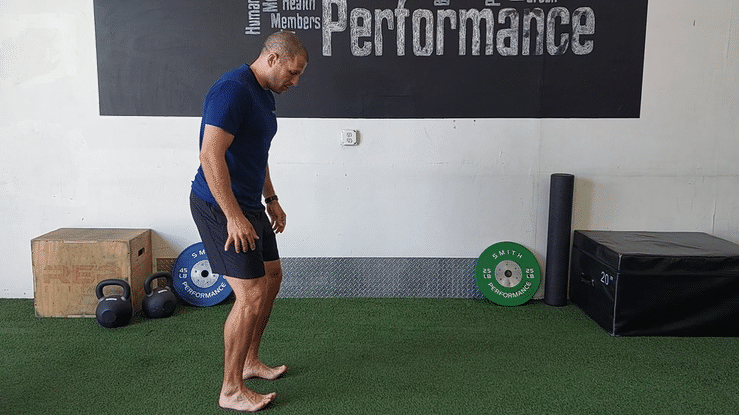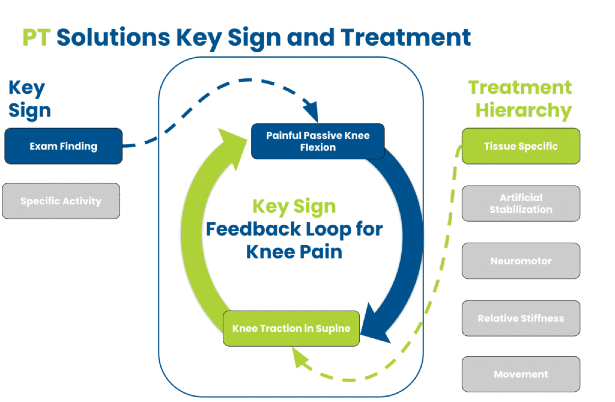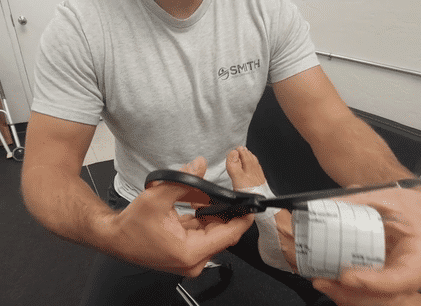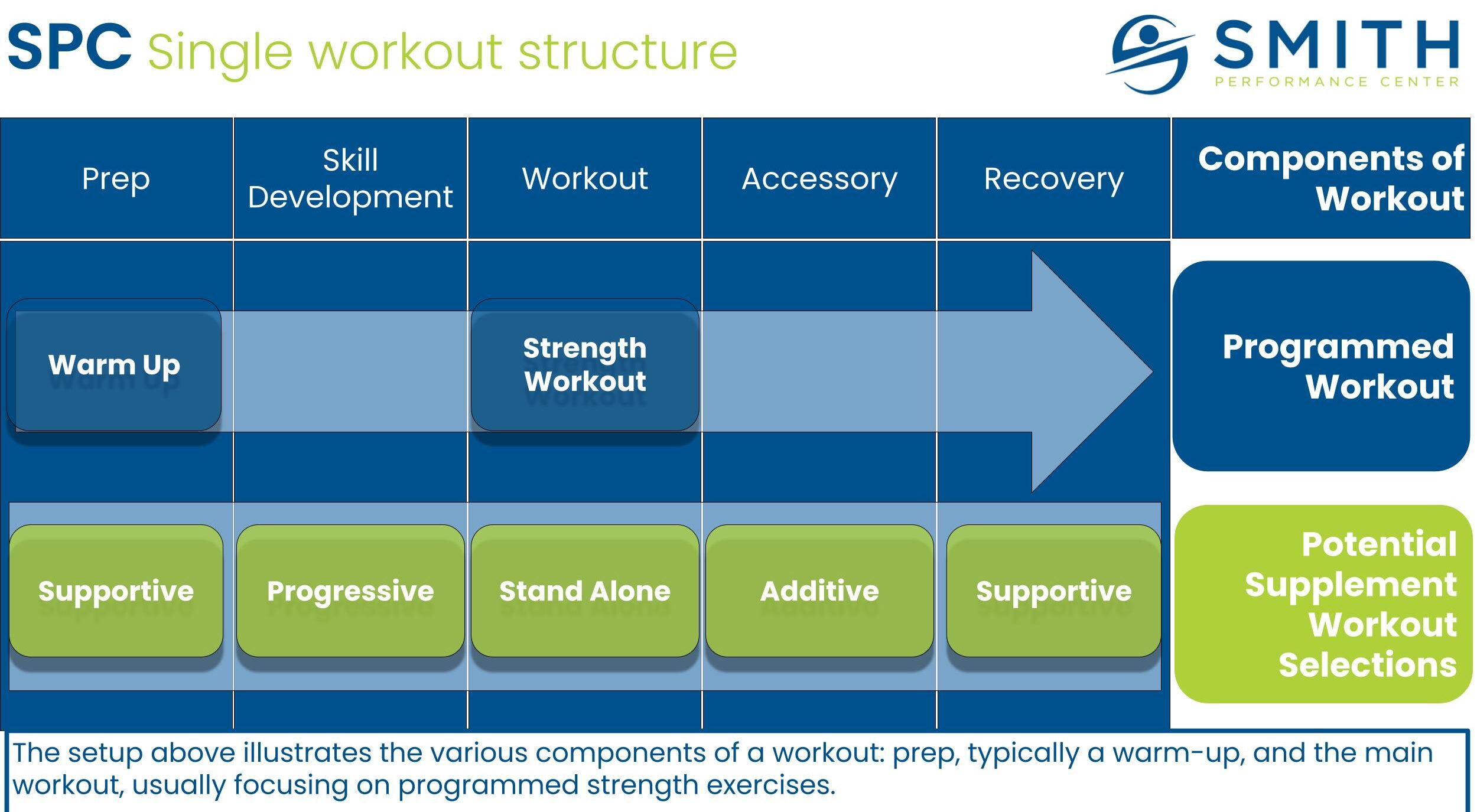One of the key differences in our practice compared to normal, insurance-based physical therapy is how we schedule our sessions. We normally do a session once every week to two weeks. This developed as a result of our focus on the home plan. The second reason was how we started to use braces, tape, and training aids.
These tools became a key part of our practice. The funny (maybe sad) part of using braces is how terribly the instructions are in their use. The SERF strap is one of my absolute favorite tools for a variety of force absorption-based injuries. The brace is extremely difficult to put on and the instructions are awful. We were tired of shooting the same video over and over and over, so we made a general video explaining it all and put it up on the site.
The SERF strap is just one brace and there are several products that can be useful, especially in active individuals with a recurrent injury, like anterior knee pain, ‘shin splints, or plantar foot pain.
This page provides links for each of the different braces, taping techniques, and the difference between a training aid and a crutch. The difference between a training aid and a crutch is important to understand or you may develop other injuries while preventing the original.
Bracing for poor hip control
Bracing for groin pain
Bracing for foot and lower leg control
The Posterior Tibialis Brace – Bracing for Lower Leg and Foot Control






